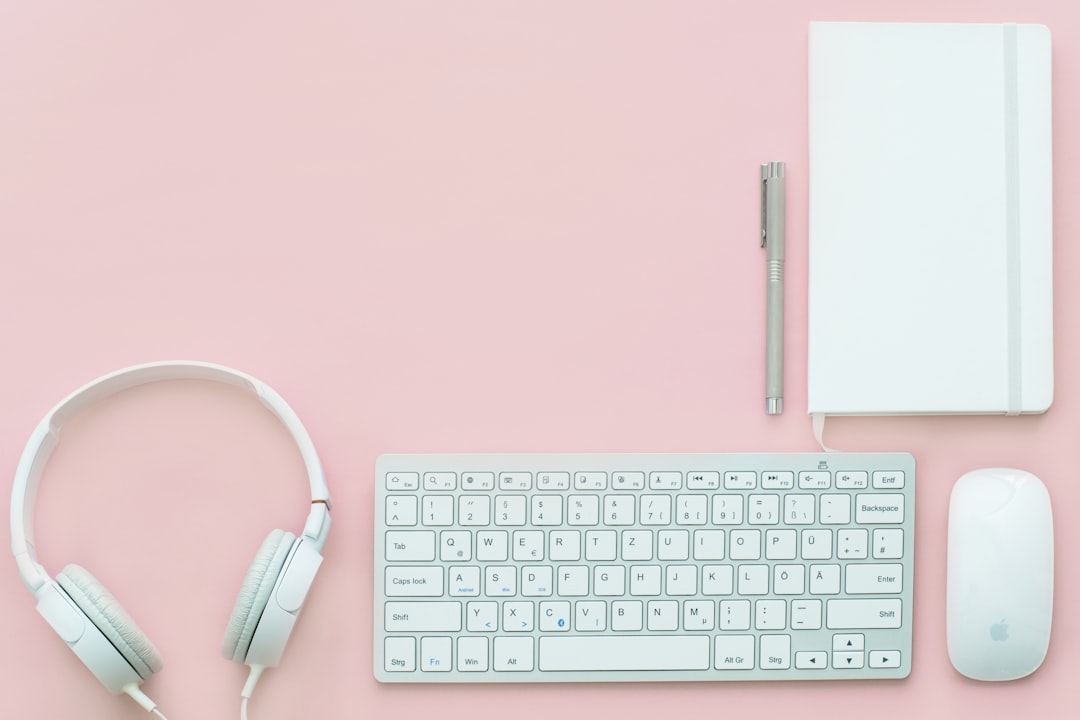Introduction
In our increasingly digital world, it’s easy to feel overwhelmed by the constant influx of information, notifications, and online demands. Digital clutter—the excessive amount of apps, files, emails, and online accounts we accumulate—can lead to stress, decreased productivity, and a sense of being constantly “plugged in.”
Digital minimalism offers a solution. It’s about being intentional with our technology use, focusing on what truly adds value to our lives, and minimizing the rest. This article provides a step-by-step guide to decluttering your digital life and embracing a more mindful approach to technology.
Step 1: Identify Your Digital Clutter Hotspots
The first step is to identify the areas where digital clutter accumulates most in your life. This varies from person to person, but common hotspots include:
- Email inbox: Overflowing with unread messages, newsletters, and promotional emails.
- Smartphone: Cluttered home screen, unused apps, and endless notifications.
- Computer desktop: Filled with disorganized files, folders, and shortcuts.
- Social media: Spending excessive time scrolling, following accounts that don’t inspire, and feeling pressured to maintain an online persona.
- Online accounts: Numerous memberships, subscriptions, and accounts you no longer use or need.
Step 2: Declutter and Organize
Once you’ve identified your digital clutter hotspots, it’s time to take action. Here’s a breakdown of how to declutter each area:
- Unsubscribe from unwanted emails: Use tools like Unroll.me or manually unsubscribe from newsletters and promotional emails you no longer read.
- Create filters and folders: Set up filters to automatically sort incoming emails into specific folders, reducing inbox clutter.
- Schedule dedicated email time: Instead of constantly checking your inbox, designate specific times to process emails, such as twice a day.
Smartphone
- Declutter your home screen: Remove unused apps, group similar apps into folders, and keep only essential widgets.
- Disable non-essential notifications: Turn off notifications for social media apps, games, and other apps that don’t require immediate attention.
- Utilize “Do Not Disturb” mode: Schedule periods of time when all calls, texts, and notifications are silenced, allowing for focused work or relaxation.
Computer
- Organize your desktop: Create folders to categorize files, move files you’re not actively using to a dedicated “Archive” folder, and empty the recycle bin regularly.
- Utilize cloud storage: Services like Google Drive, Dropbox, or iCloud can help free up space on your computer and provide access to your files from anywhere.
- Uninstall unused programs: Remove any applications you no longer use to free up storage space and improve computer performance.
Social Media
- Unfollow or mute accounts: Review the accounts you follow and unfollow or mute those that don’t inspire, inform, or bring you joy.
- Set time limits: Use built-in app timers or third-party apps to limit your daily social media usage.
- Take a social media break: Consider taking a day, weekend, or even longer break from social media to disconnect and focus on offline activities.
Online Accounts
- Review and delete unused accounts: Make a list of all your online accounts and delete any you no longer use or need.
- Use a password manager: A password manager can help you securely store and manage your login credentials, making it easier to access and delete accounts as needed.
- Be mindful of new accounts: Before creating a new account, consider whether it’s truly necessary and if the benefits outweigh the potential clutter.
Step 3: Maintain Your Digital Minimalism
Decluttering your digital life is an ongoing process, not a one-time event. Here are some tips to help you maintain your digital minimalism efforts:
- Regularly review and declutter: Schedule time each week or month to review your digital spaces and remove any unnecessary clutter.
- Apply the “one in, one out” rule: For every new app you download, file you save, or account you create, consider deleting or unsubscribing from something else.
- Be mindful of your digital consumption: Pay attention to how you feel when using technology. If you’re feeling overwhelmed, stressed, or anxious, it might be time to step away and engage in offline activities.
Conclusion
Decluttering your digital life is an essential step towards reclaiming your time, focus, and well-being. By following this step-by-step guide, you can minimize digital distractions, simplify your online presence, and create a more intentional and fulfilling relationship with technology.
Remember, digital minimalism is not about avoiding technology altogether. It’s about using technology in a way that supports your values, goals, and overall well-being.
